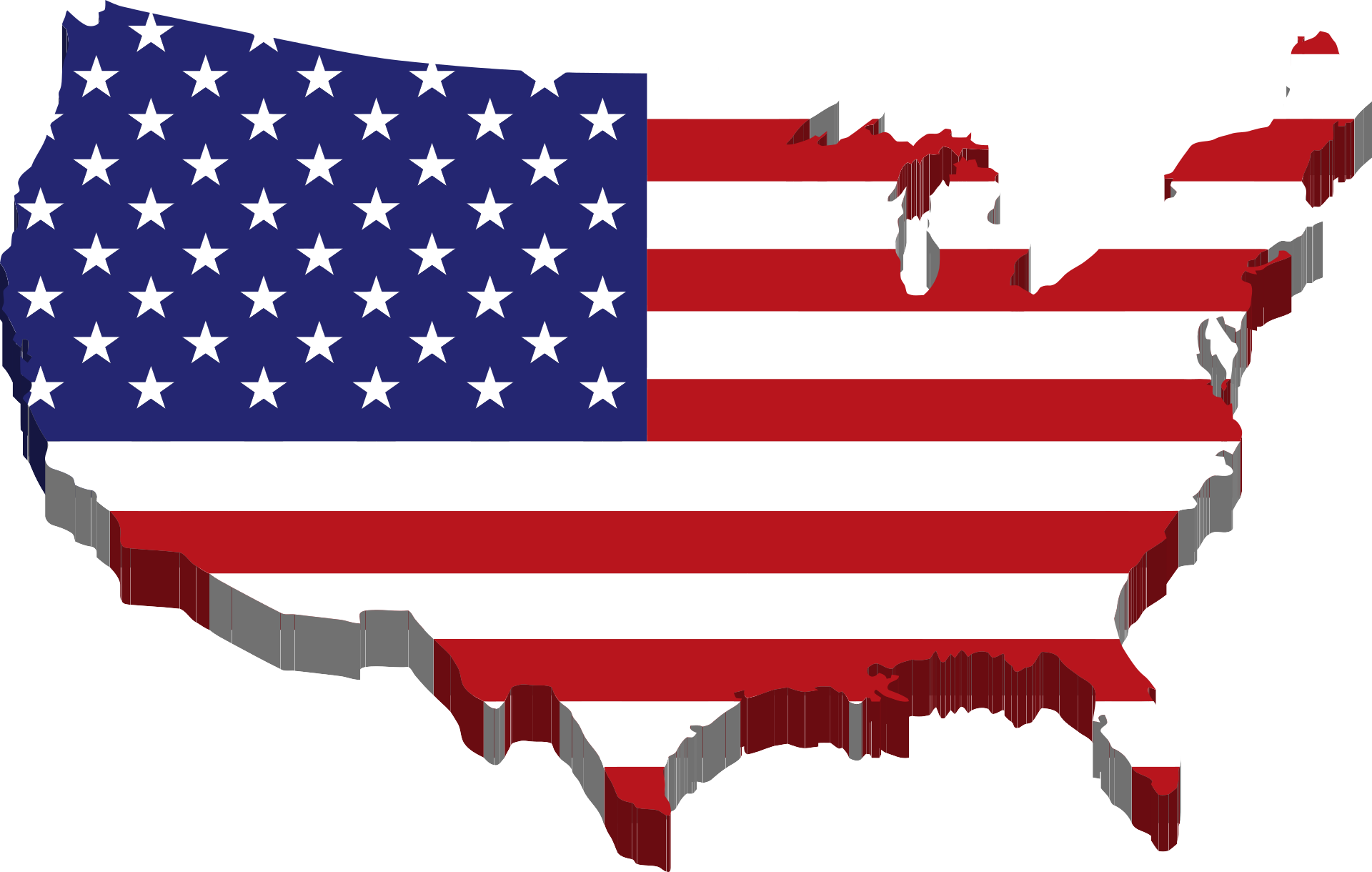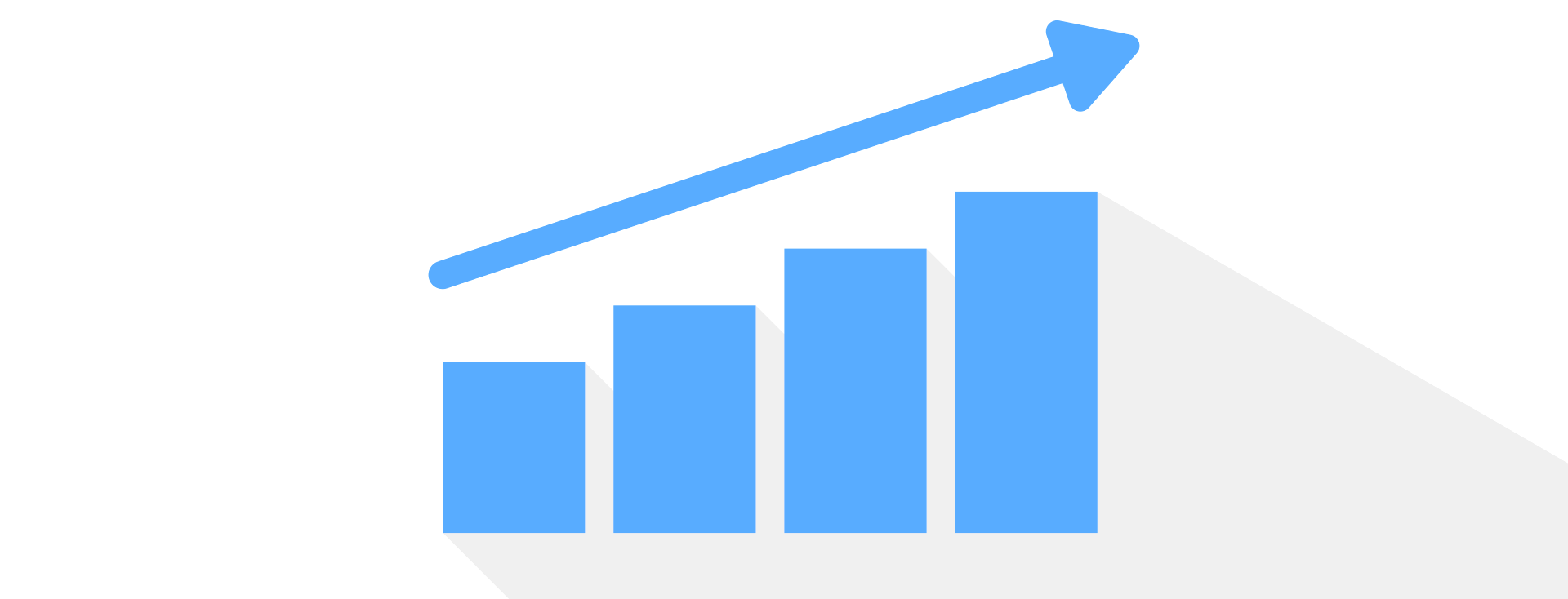Overview
Online retail sales in the United States are expected to reach $563.4 billion by 2025. Throughout America there is a mature market in which growth is expected to slow in the coming years, it continues to lead the Western world in e-commerce sales. The country’s large market size, advanced technologies, purchasing power, and abiding love of online shopping, make it an e-commerce hotspot for online sellers.
According to a Digital Commerce 360 analysis of commerce department data, total retail sales through all channels in America hit an all-time high of $4.55 trillion in 2021, with a 14.0% year-on-year increase from $3.99 trillion in 2020. This is nearly double the 7.2% growth in overall spending registered in 2020.
In 2021, revenue from e-commerce in America was around $768 billion. According to Statista’s Digital Market Outlook, online shopping revenue in the United States will exceed 1.3 trillion dollars by 2025. Year over year, eCommerce's share of total retail sales is roughly $1 in every $5 spent in both 2020 and 2021, with total eCommerce sales growth of 14.2%

Opportunities and trends
School season: Sales of apparel, school supplies, and dorm room decorations
In the upcoming fall school season, which runs from mid-July to early September, apparel sales within America are expected to increase 78% compared to last year. Total back-to-school spending is expected to increase 5.5% year-on-year, taking into account school supplies, clothing, and college dorm decor.
In the wake of the last COVID-19 wave, consumers are spending more than ever in other areas such as travel and dining out. In the United States, as well as in Europe, outdoor products are now in high demand. Some outdoor product factories have reported that consumer spending on outdoor products in Europe and the United States has recovered too quickly, which has led to a rise in the price of raw materials. With this being said however, the sales forecast for these products still follows a positive trend.
Millennial trends
Best Buy’s largest shopping group consists of millennials (those born between 1981 and 1996), and the total customer growth rate for this group is about 50% higher than the pre-coronavirus pandemic level. However, the profile of this consumer population looks different: the new segment on average is younger, more often female, and with slightly lower incomes.
Hot sellers

Best Buy America reported a 37.2% increase in online sales for the first quarter, with sales growth in nearly all categories, especially home theater, computers, and appliances. At a time when people are focusing more on the importance of their home, there is increased demand among consumers for home and kitchen appliances. This demand, driven by focus on the home, encompasses many aspects of consumer life, including working, learning, cooking, entertaining, redecorating, and remodeling. The boost in customer demand has also been influenced by government stimulus programs and a strong housing environment.